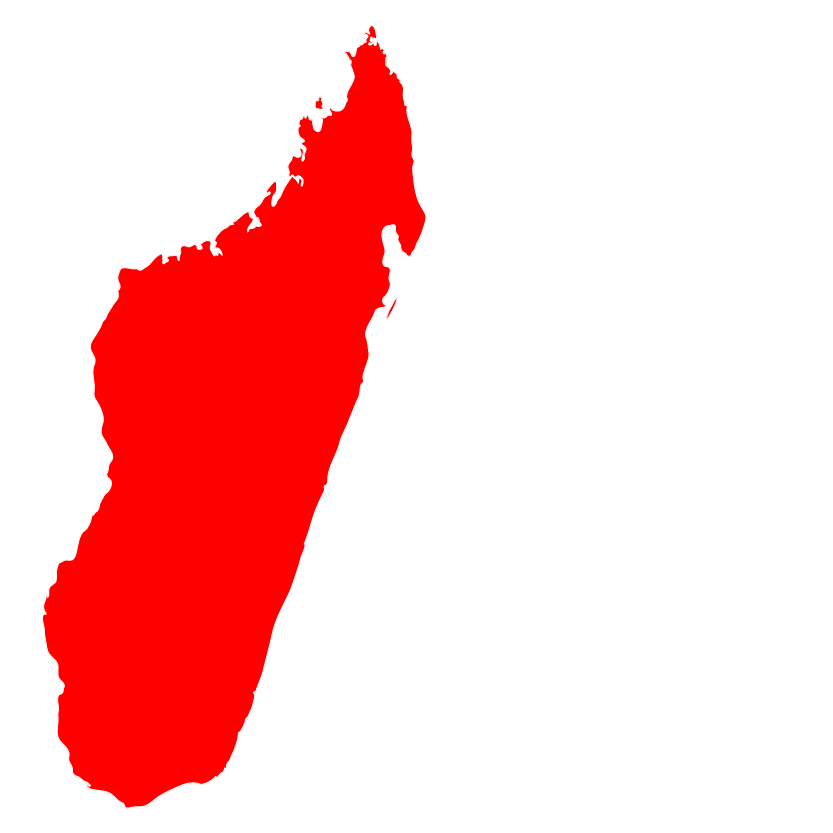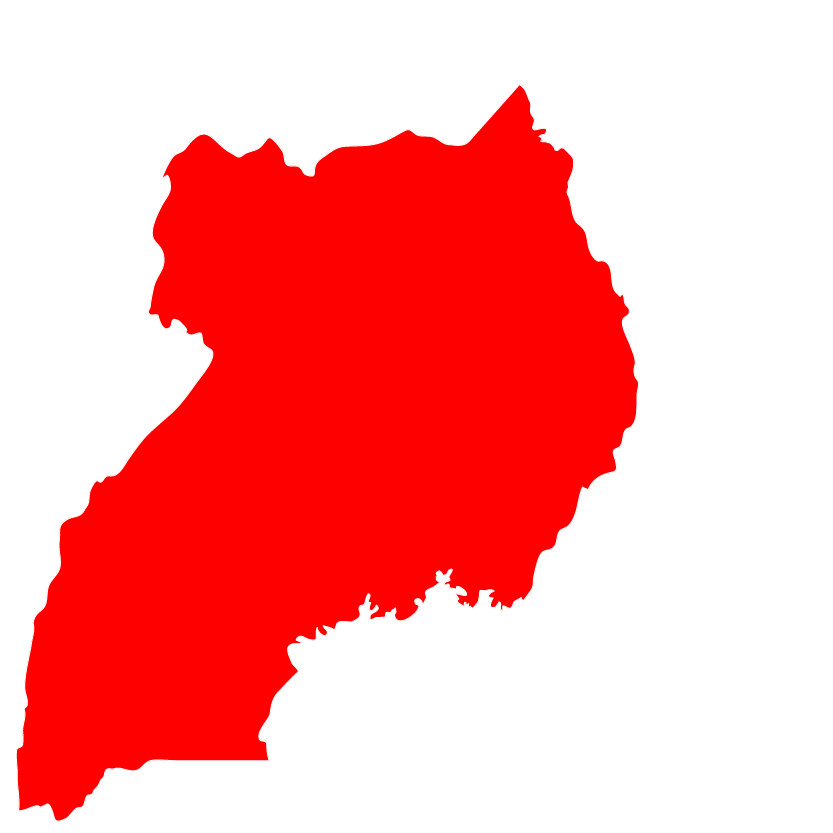On May 14th, 2023, the Cyclone Mocha had a profound impact on Myanmar and Bangladesh, leaving 5.4 million people in its path and causing severe damage. Among these, an estimated 3.2 million individuals are considered most vulnerable due to factors such as poor shelter quality, food insecurity, and reduced coping capacity. The cyclone, the most potent in over a decade, wreaked havoc on infrastructure, communication networks, and housing, particularly in internally displaced persons (IDP) camps. The worst-affected areas include Sittwe, Rathedaung, and seven other townships, which urgently need shelter materials, food, clean water, latrines, and health services.
Finn Church Aid (FCA), Lutheran World Federation (LWF), and Christian Aid (CA), together with their partners, have conducted a rapid needs assessment and identified needs in shelter, water and sanitation, education, and mental health and psychosocial support (MHPSS). If these immediate needs remain unmet, the results could be devastating.
The lack of shelter, clean water, and health services could lead to heightened disease risk, malnutrition, and other health-related complications. The cyclone has created an education emergency, with approximately 80% of schools and educational infrastructure reportedly sustaining damage ahead of the start of the new school term. Inadequate response and long-term implications may prevent the recovery of affected communities, exacerbate existing vulnerabilities, and perpetuate hardship.
The Myanmar forum including FCA, LWF and Christian Aid developed an appeal to addressing the urgent need of the 28,998 HH (197,000 people) in the sectors of Shelter, WASH, Education, Cash Assistance and Food vouchers. The appeal is designed a period of 12 months with a budget of USD 5,481,345. The following objectives have been set for the appeal.
Objectives 1: To provide immediate lifesaving support to Mocha Cyclone affected population in Myanmar.
Objective 2: To improve better education opportunities to cyclone affected students in project locations.
Objective 3. To enable access to and restoration of community infrastructures through cash for work for cyclone affected people in Rakhine, Myanmar
Objective 4. To improve access to water, sanitation and hygiene facilities among cyclone affected population.
Assistance to the cyclone affected people in Myanmar Assistance to the cyclone affected people in Myanmar


